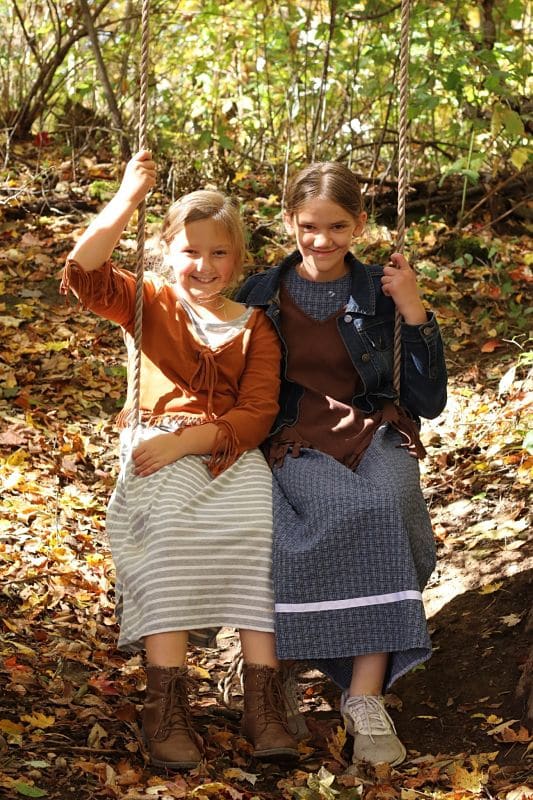Getting Along
★★★★★

“These girls are just not getting along. I think at one point each one has felt left-out or bullied. I don’t know how to help them!” worried a new first-grade teacher.
“Teacher, they won’t let me play with them.”
“They ran away when I came to play.”
“I don’t have anyone to play with.” These are comments heard after recess.
On a little different note, Tara told me, “I feel like a hot dog in a bun!” because there were two other girls who were always grabbing onto her and both wanted to be with Tara all the time. Competition, jealousy, and girl drama entered in this scenario.
We recently had a meeting of teachers to discuss how we can help these children to get along and be friends. I will share some of our ideas.
- Do role-play to show how we should play at recess. How can we include others? What can we do when someone is left out? How can we be a good friend? What do good friends do? What can I do if I want to play with someone?
I would start the role-play with the teacher and another adult or older student performing. Do some scenarios the wrong way and have students identify the problems and discuss how we should act. Have students show the right ways to act. Example: One time I brought a doll and used that for my “friend” in a role-play. I did not talk to the doll, I just walked past her, and I left her out. We discussed how to be a friend, and then some students acted out a situation to show us how to walk up to someone, say “Hello,” introduce ourselves, ask “Would you like to play with me?” or whatever ideas they come up with.
- I suggest the teacher eat lunch with the “offenders” and talk about including others, not leaving out people, and being friendly. I do not like to see cliques at school (or anywhere!) and have addressed this in a lunch meeting. I asked specific people to join me for lunch and we chatted about being friends with everyone, not always playing with the same people, and making sure we are including others.
- Have a class meeting and address concerns with the whole class. Ask them to share their ideas for getting along. Decide which ideas we can implement right away. Check back on troubled situation.
- Enlist the help of a secure student. Talk with Jenna and tell her that Diane is feeling sad at recess and wants someone to play with. Ask Jenna if she would be a good friend to Diane and play with her. When I’ve done this, Jenna is usually pleased to be asked this and glad to be friendly to Diane.
Sometimes we might need to forbid children from being together. My two boys who are conspiring and always together to the exclusion of other children, are not allowed to sit together or be in line beside each other.
One time I had two students who had each told me that they didn’t have any friends. I hooked them up by seating them together, encouraging each to talk with the other, and finding commonalities for them, and soon they were friends.
Pray for wisdom for yourself and ask God to give ideas and ways to work with the children. Be a model of caring and compassion and including all children.Pray for and with the children. One year when there was a lot of girl drama we had prayed about it, and then after recess some of the girls told me that they had a prayer meeting at recess and prayed that everyone would get along!
Teach the children about love and friendship and being kind. This morning I am presenting a devotions lesson to two classes. We will discuss being kind, including others, and using our words to build up and encourage others. I will begin with “Sticks and stones may break my bones but words will never hurt me” and display some sticks and stones. We’ll talk about how sticks and stones really can hurt us, but is it true that words will never hurt us? Words may not hurt us physically, but they can hurt our hearts. Verses to use: Eph. 4:32, Psalms 19:14. I also use a lesson on “wrinkled hearts” (See my “Bursts of Teaching Ideas” post).
Leave a Reply